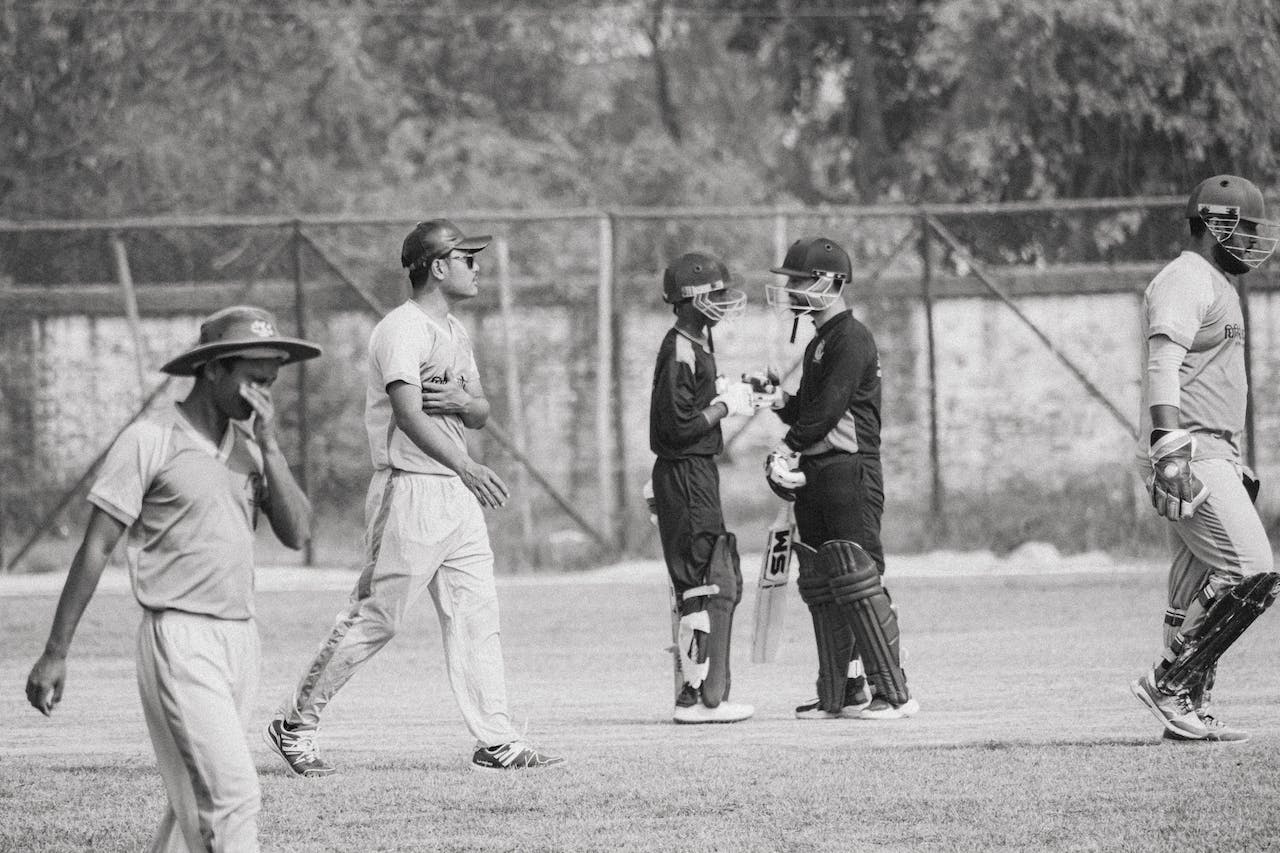The Ultimate Guide to Water Skiing Rules and Regulations
Introduction:-Water skiing is a thrilling water sport that combines speed, skill, and adrenaline. Whether you’re a seasoned pro or a beginner looking to ride the waves, understanding the rules and regulations of water skiing is crucial for a safe and enjoyable experience. In this comprehensive guide, we’ll delve into the key aspects of water skiing, from the basic rules to advanced techniques, ensuring that both novices and experts have a solid grasp of the sport.
I. History of Water Skiing
Before we dive into the rules, let’s take a brief look at the history of water skiing. The sport was born in the early 20th century when Ralph Samuelson, an American from Minnesota, successfully water skied for the first time in 1922. Since then, water skiing has evolved into a popular recreational and competitive activity, with a dedicated community of enthusiasts worldwide.
II. Types of Water Skiing
Water skiing encompasses various disciplines, each with its unique set of rules and techniques. The primary types of water skiing include:
-
Slalom Skiing: In slalom skiing, the skier navigates a course marked by a series of buoys. The objective is to ski through the buoys at increasing speeds, making it a challenging and competitive discipline.
-
Trick Skiing: Trick skiing focuses on performing a variety of tricks and maneuvers on the water. Skiers are judged on the difficulty, variety, and execution of their tricks, making it a visually impressive and creative aspect of the sport.
-
Jump Skiing: Jump skiing involves launching off a ramp to achieve maximum distance. Skiers aim to soar through the air and land safely while competing to achieve the longest jumps.
III. Basic Water Skiing Rules
To ensure a safe and fair environment for all participants, water skiing competitions adhere to a set of standardized rules. These rules vary slightly between disciplines, but some fundamental principles apply across the board:
Discover the art of windsurfing with our exhilarating sports packages Bodybuilding and Bog snorkelling. Ride the wind, master the waves, and create memories that last a lifetime.
-
Equipment: Before hitting the water, participants must ensure that their equipment complies with safety standards. This includes the skis, bindings, towrope, and life jacket. Regular equipment inspections are conducted to verify compliance.
-
Starting Procedures: Competitions often use a three-event format, including slalom, tricks, and jump. Each event has specific starting procedures, with skiers taking turns to showcase their skills. Starting signals may include visual cues or sound signals, depending on the event.
-
Course Navigation: In slalom skiing, skiers must navigate a predetermined course marked by buoys. Failure to pass through the buoys correctly or missing a buoy incurs penalties. Trick skiing involves performing a series of predetermined tricks within a set time, with judges scoring based on execution and difficulty.
-
Scoring System: Each discipline employs a scoring system that evaluates the skier’s performance. In slalom, the number of buoys cleared and boat speed determine the score. Trick skiing and jump skiing rely on judges who assess the quality and difficulty of the tricks or jumps performed.
-
Safety Measures: Safety is paramount in water skiing. Skiers must wear approved life jackets, and boats must have a spotter to monitor the skier and communicate with the driver. Strict speed limits are enforced, and emergency procedures are in place to handle any unforeseen situations.
IV. Advanced Water Skiing Techniques
For those looking to elevate their water skiing skills, mastering advanced techniques is essential. These techniques not only enhance performance but also contribute to a deeper appreciation of the sport. Here are some advanced water skiing techniques:
-
Edge Control: Learning to control the edges of your skis is crucial for maneuvering through the water. Proper edge control allows skiers to make sharp turns, crucial in slalom skiing.
-
Body Positioning: Achieving the right body position helps skiers maintain balance and control. Leaning forward or backward, shifting weight from one foot to the other, and using the hips for rotation are key aspects of proper body positioning.
-
Jump Technique: In jump skiing, mastering the take-off and landing is essential for achieving maximum distance. Skiers must maintain a balanced approach, execute a controlled take-off, and position their bodies correctly in the air before smoothly landing on the water.
-
Handle Control: Proper handle control is vital for maintaining balance and stability during tricks and jumps. Skiers should practice maintaining a consistent grip and learn to anticipate and counteract the forces exerted by the boat.
V. International Water Skiing Organizations
Several international organizations govern and promote water skiing, ensuring standardization of rules and the development of the sport globally. The two primary organizations are:
-
International Waterski & Wakeboard Federation (IWWF): Recognized by the International Olympic Committee (IOC), the IWWF is the leading authority on water skiing and wakeboarding. It oversees competitions, establishes rules, and works to advance the sport’s inclusion in major international events.
-
USA Water Ski & Wake Sports: In the United States, USA Water Ski & Wake Sports serves as the national governing body for towed water sports. It organizes events, establishes rules, and supports the development of athletes across various disciplines, including water skiing.
VI. Challenges and Future of Water Skiing
While water skiing continues to thrive as a popular sport, it faces certain challenges, including environmental concerns, access to suitable water bodies, and the need for broader recognition. However, the community remains dedicated to addressing these challenges and ensuring the continued growth of the sport.
The future of water skiing looks promising, with ongoing efforts to enhance safety measures, introduce new technologies, and attract a diverse range of participants. As the sport evolves, it is essential to strike a balance between tradition and innovation, preserving the core values that make water skiing a unique and exhilarating experience.
Conclusion
Water skiing is more than just a sport; it’s a dynamic and engaging activity that brings people together across the globe. Understanding the rules and regulations is the foundation for a safe and enjoyable water skiing experience, whether you’re a competitor or a recreational skier. From the basic rules that govern competitions to the advanced techniques that set seasoned skiers apart, this guide provides a comprehensive overview of the world of water skiing. So, grab your skis, hit the waves, and enjoy the thrill of water skiing with confidence and competence.



